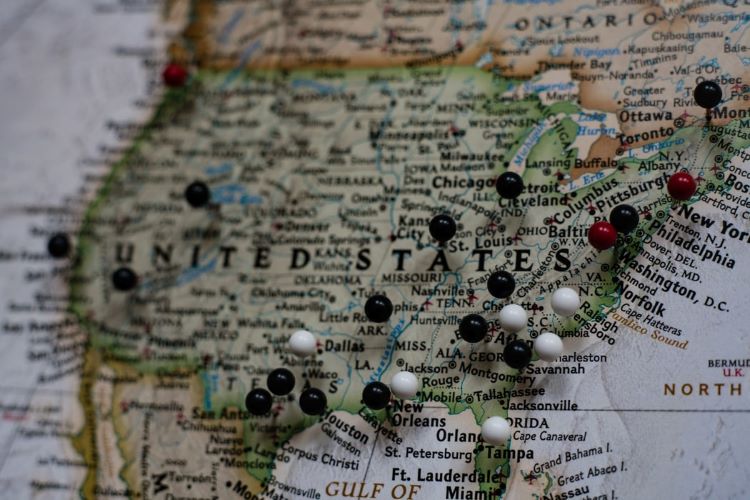What is a Right-to-Work State?
There are currently 27 Right-to-Work states in the United States
(by Tonya Tannenbaum)

(Photo: Joey Csunyo/Unsplash)
A right-to-work state is a state that forbids union security agreements. That means, companies are banned from requiring union membership as a condition of employment, hence the name “right-to-work”.
More specifically, in acting terms, a right-to-work state forbids employers, such as production companies, from requiring that an actor obtain union membership or to pay dues to an actor union, like SAG-AFTRA, either before or after being hired.
Right-to-work states are permitted to pass such laws under the Labor Management Relations Act of 1947, better known as the Taft-Hartley Act.
The Taft-Hartley Act repealed parts of the Wagner Act, which was passed in 1935 under President Roosevelt. It grants individual states the power to ban union shops (i.e. employees must pay for union representation to obtain or retain their employment) or agency shops (i.e. employees must pay for union representation but need not join the union) for employees working in their jurisdiction.
There are currently 27 Right-to-Work states in the United States. They include:
Alabama
Arizona
Arkansas
Kansas
Florida
Georgia
Idaho
Indiana
lowa
Kentucky
Louisiana
Michigan
Mississippi
Nebraska
Nevada
North Carolina
North Dakota
Oklahoma
South Carolina
South Dakota
Tennessee
Texas
Utah
Virginia
West Virginia
Wisconsin
Wyoming
Opposing Views
There are many arguments made in favor of, and in opposition to, so called right-to-work laws. Proponents of such laws often argue that it is unfair to require employees to join a union as a condition of employment, particularly when they may not agree with the union’s political positions or political contributions.
Opponents of right-to-work laws point to the effect that such laws have in weakening labor unions. They argue that such laws create free riders – employees who benefit from collective bargaining without actually paying for it.
You Might Also Like:
What are Sides?



